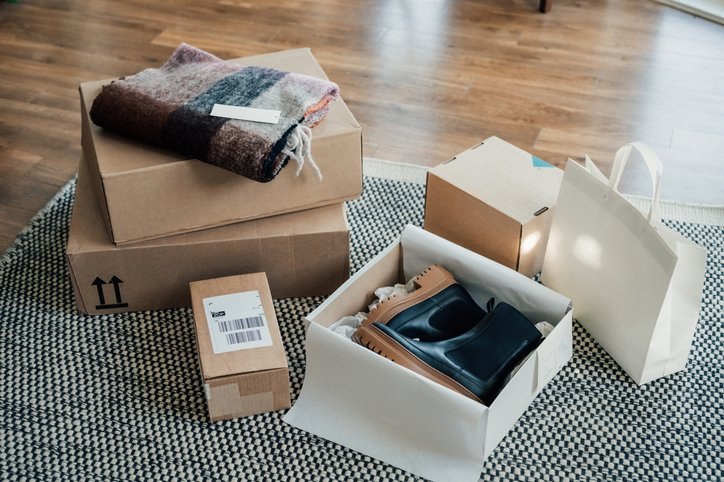
As ASOS leadership changes, YouGov looks at the brand’s performance since 2015
ASOS has surged in popularity over the last few years and has proven both resilient and adaptable amid a global pandemic. The fashion and beauty seller, with its strong digital-only offering, was one of the big winners given the boon in online shopping and lower rates of returns during lockdowns.
Yet despite this success, ASOS surprised everyone by parting company with CEO Nick Beighton this month. We thought the change in leadership made it a good time to look at some elements of the brand’s performance since his appointment in 2015.
Beighton led the brand through a period of significant growth over that period. According to data from YouGov BrandIndex – which monitors and tracks brand health on a daily basis – ASOS’ share of current customers grew year-over-year during the years Beighton stayed with the company. Over the whole period, its Current Customer score tripled among the general population. Today a remarkable 6.7% of all Brits have bought from the retailer in the past three months.
ASOS managed to grow its customer base even amid the pandemic and especially among a critical retail audience: Brits aged 18-34. While the brand’s Impression score has been falling since well before the pandemic among this age group, it has not had a negative impact on brand metrics such as Consideration or Current Customer.
Ahead of the holiday season, roughly 14% of all UK adults would consider buying from ASOS, rising to 35% among those aged 18-34. But even this large slice of the market was not enough to head off a change in leadership. With chair Adam Crozier also heading for the exit and into BT, ASOS’s new strategy will be the responsibility of an all-changed top leadership team.
Receive monthly topical insights about the retail industry, straight to your inbox. Sign up today.
Discover more retail content here
Start building a survey now with YouGov Direct
Methodology: The data is based on the daily interviews of UK adults aged 18 and over between October 2014 and October 2021. All interviews were conducted online and the data displays a 52-week moving average.